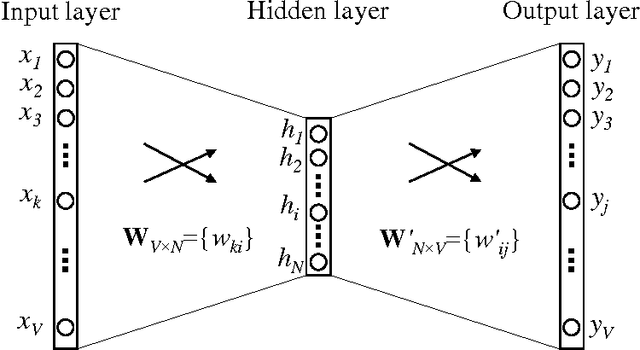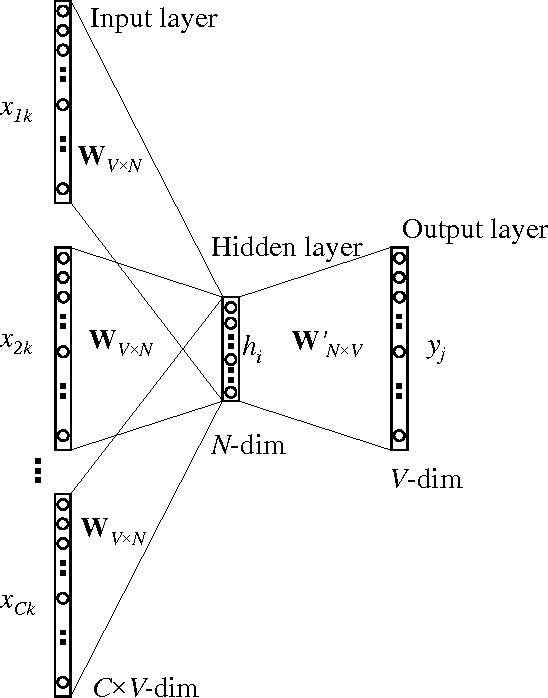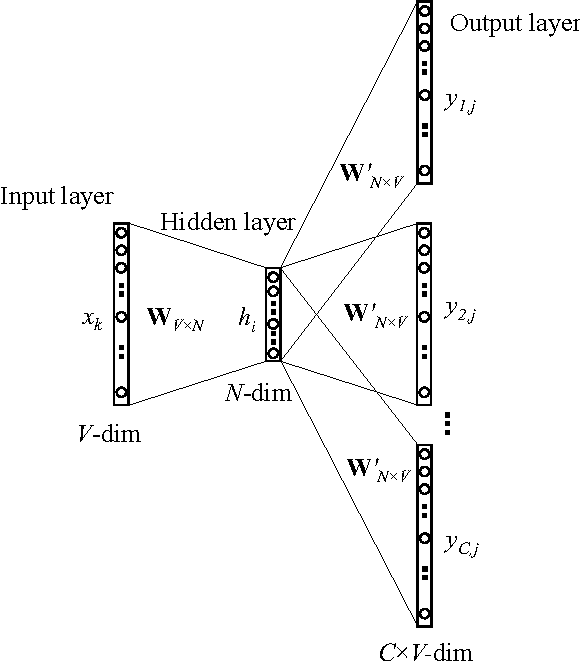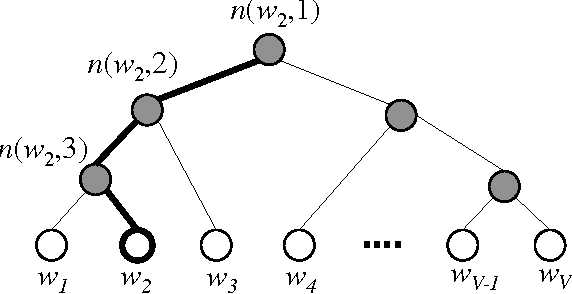word2vec Parameter Learning Explained
Paper and Code
Jun 05, 2016



The word2vec model and application by Mikolov et al. have attracted a great amount of attention in recent two years. The vector representations of words learned by word2vec models have been shown to carry semantic meanings and are useful in various NLP tasks. As an increasing number of researchers would like to experiment with word2vec or similar techniques, I notice that there lacks a material that comprehensively explains the parameter learning process of word embedding models in details, thus preventing researchers that are non-experts in neural networks from understanding the working mechanism of such models. This note provides detailed derivations and explanations of the parameter update equations of the word2vec models, including the original continuous bag-of-word (CBOW) and skip-gram (SG) models, as well as advanced optimization techniques, including hierarchical softmax and negative sampling. Intuitive interpretations of the gradient equations are also provided alongside mathematical derivations. In the appendix, a review on the basics of neuron networks and backpropagation is provided. I also created an interactive demo, wevi, to facilitate the intuitive understanding of the model.
 Add to Chrome
Add to Chrome Add to Firefox
Add to Firefox Add to Edge
Add to Edge